מסאמי טרואוקה (נ. 1936)
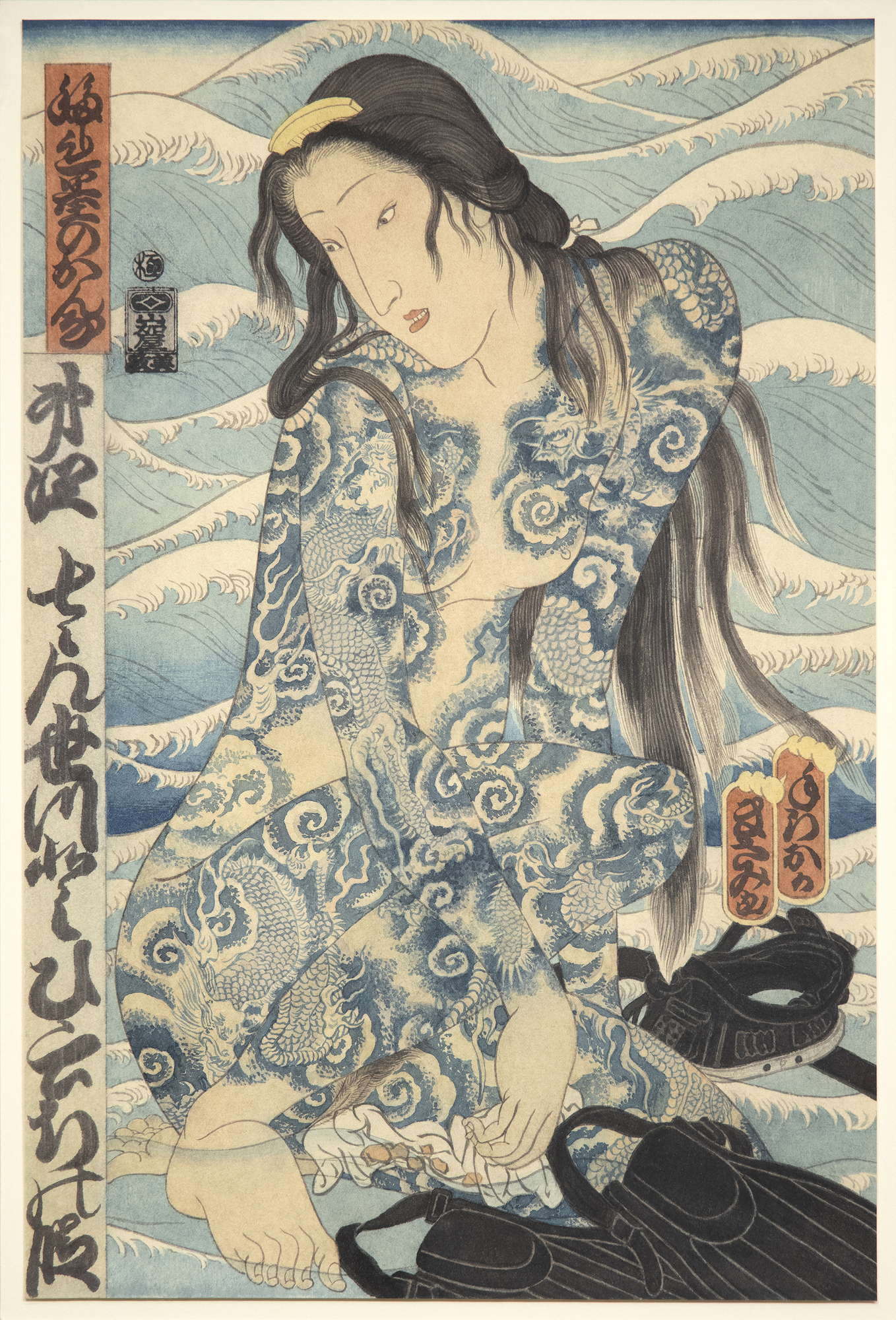
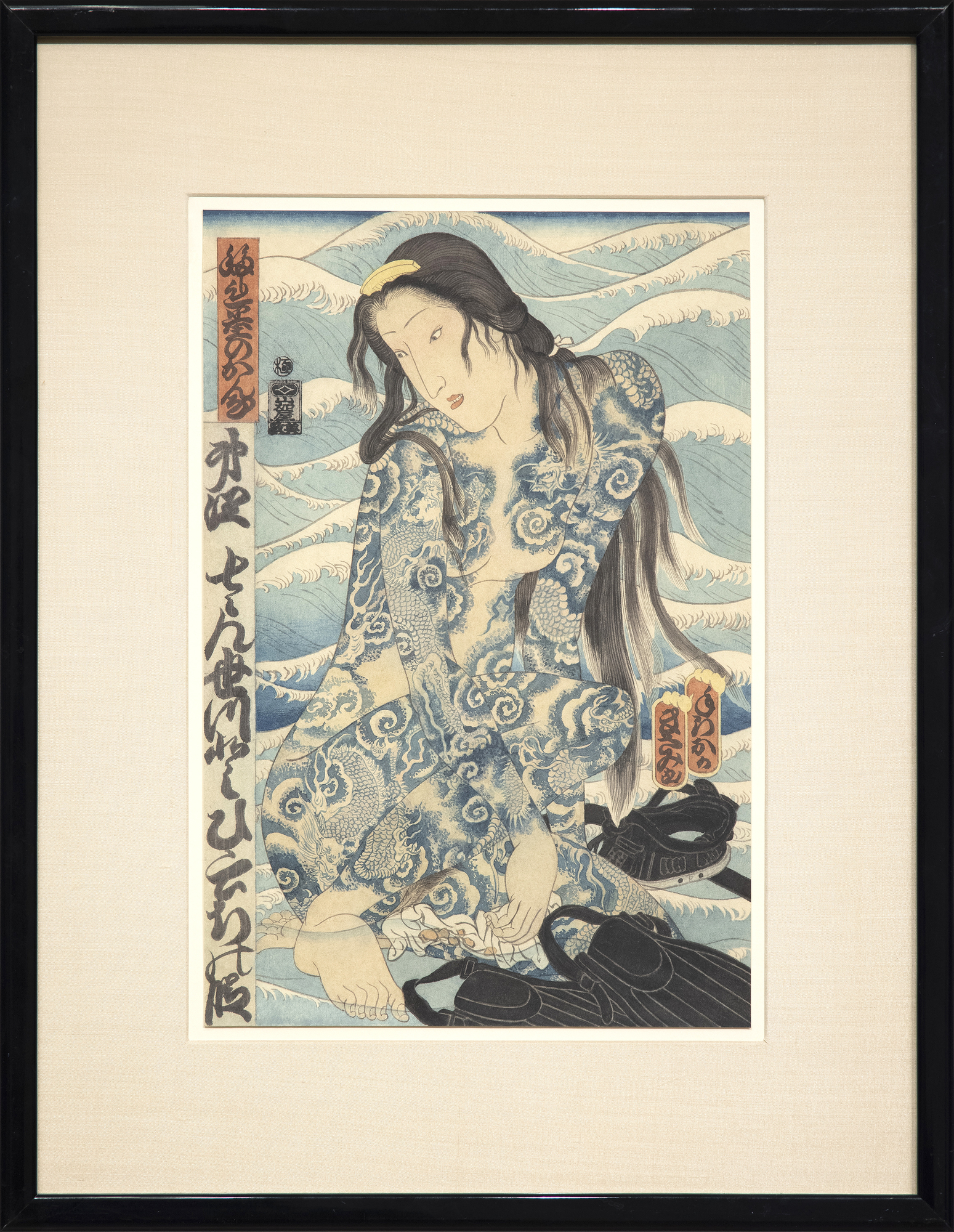
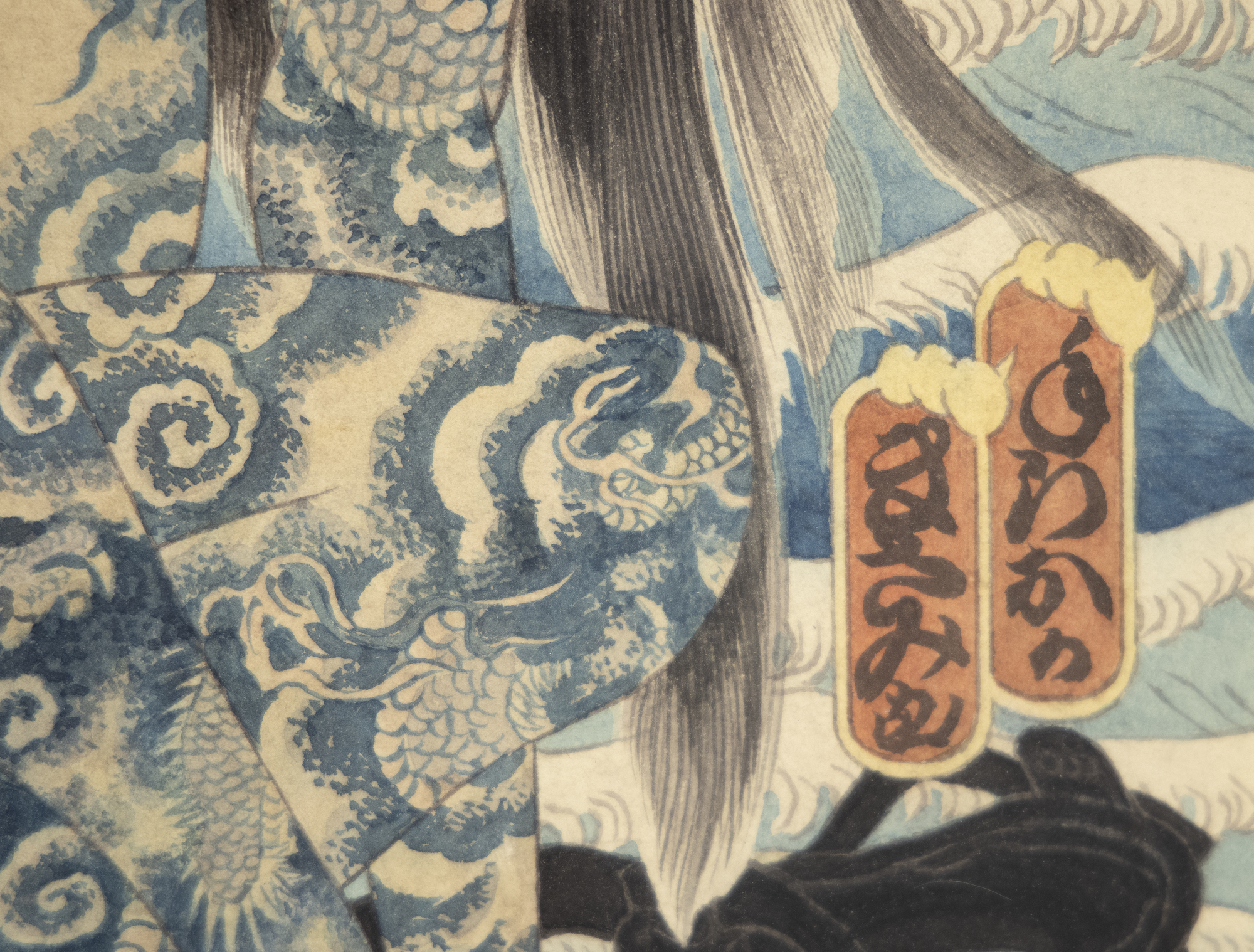
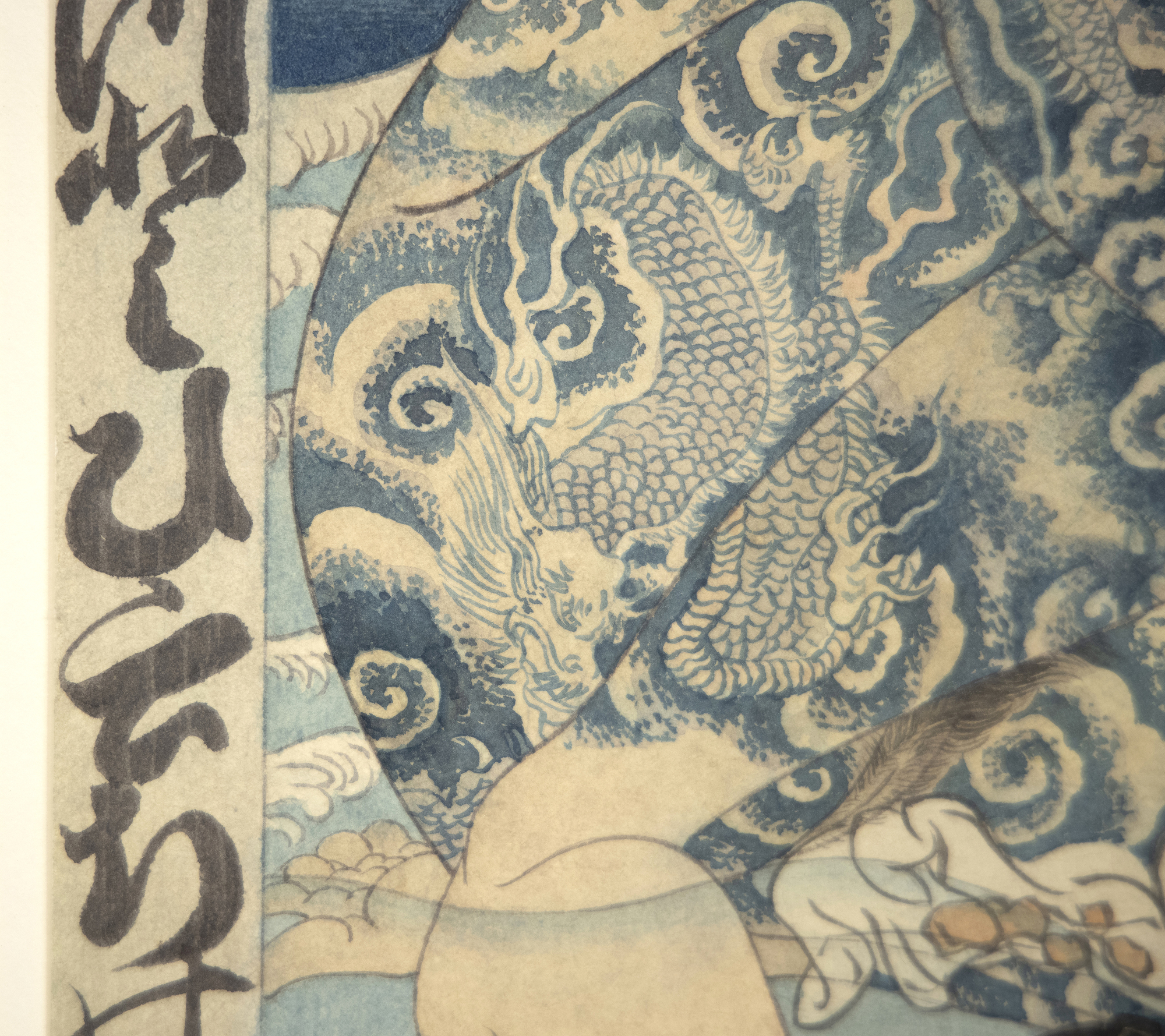
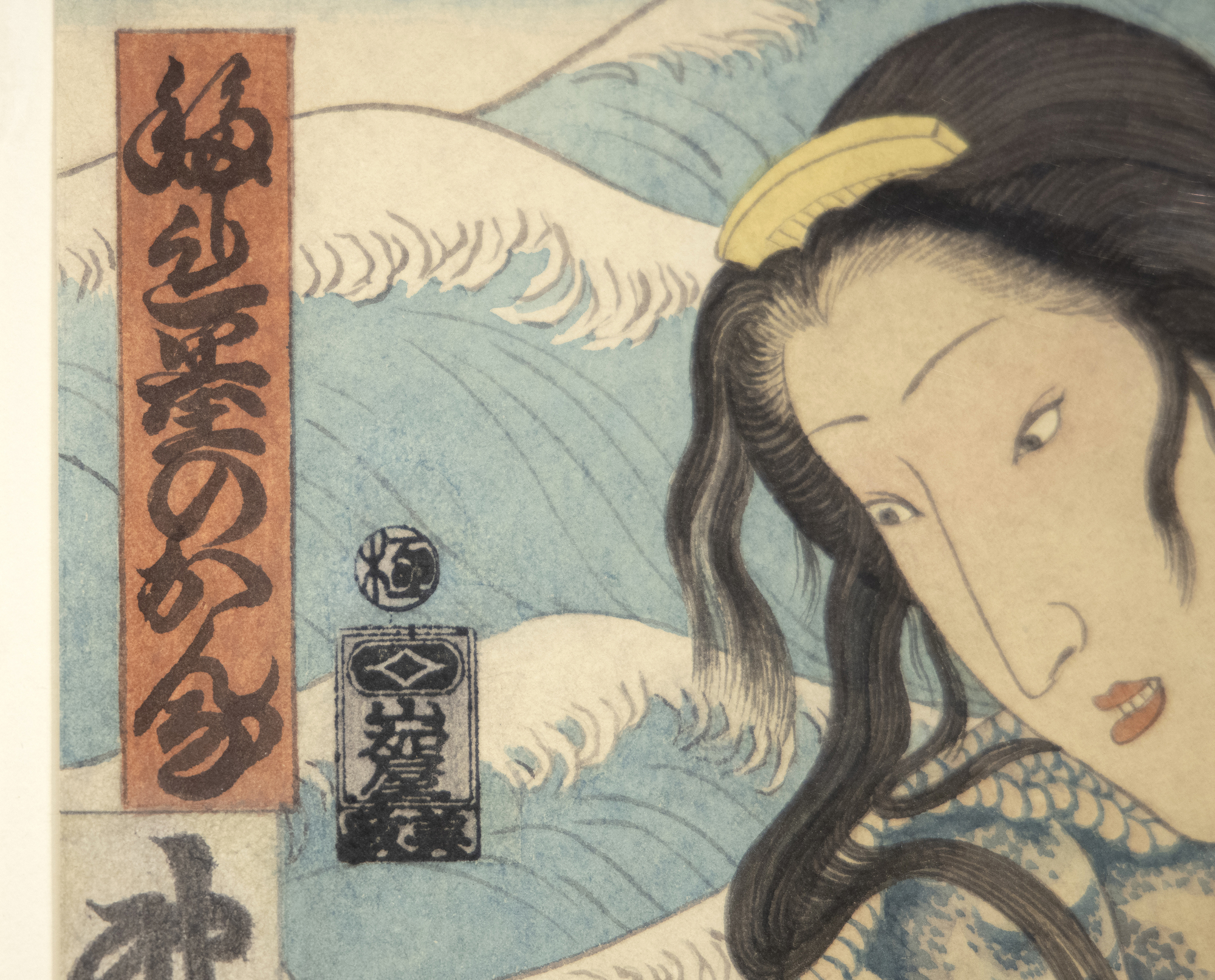
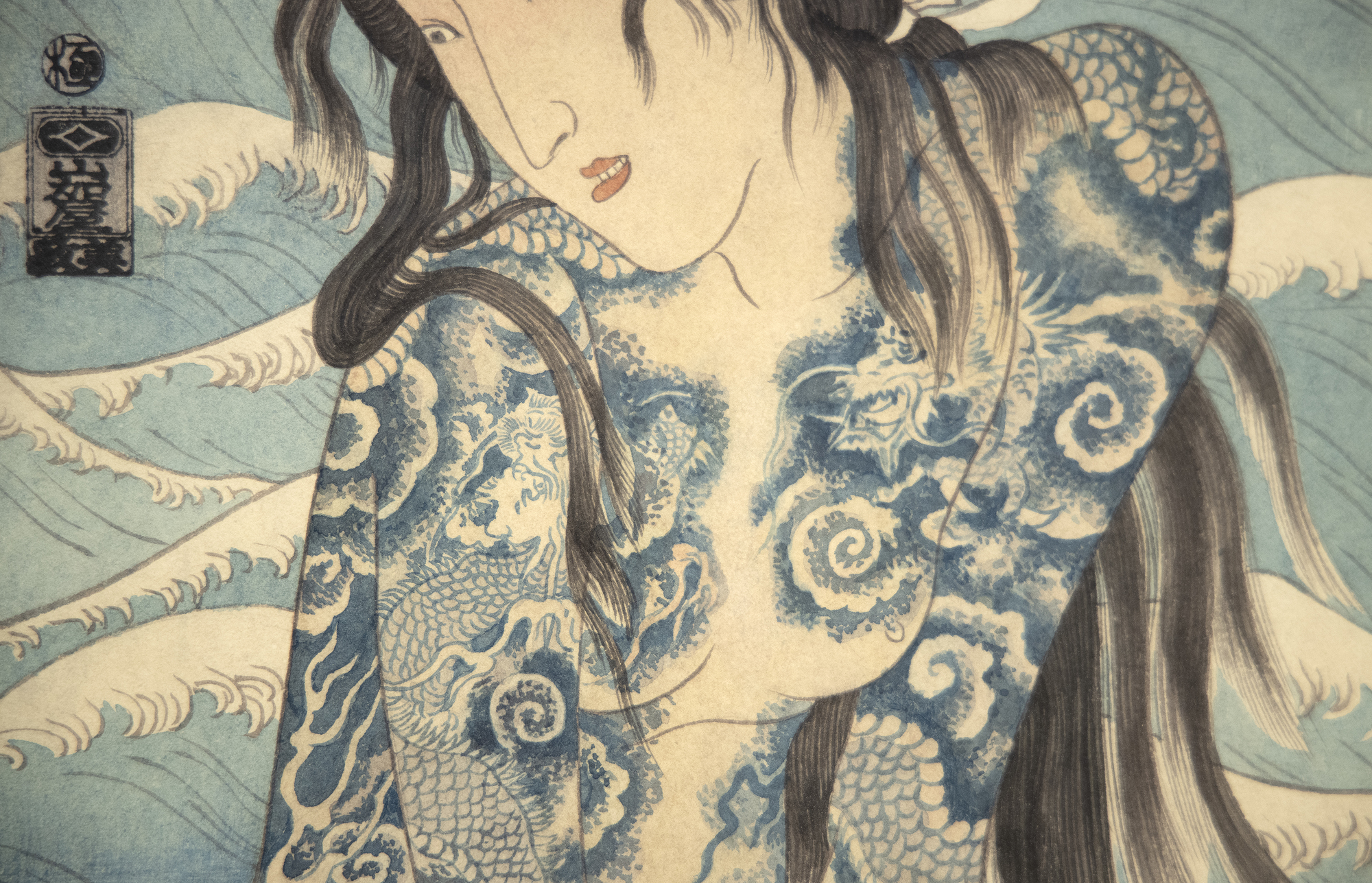
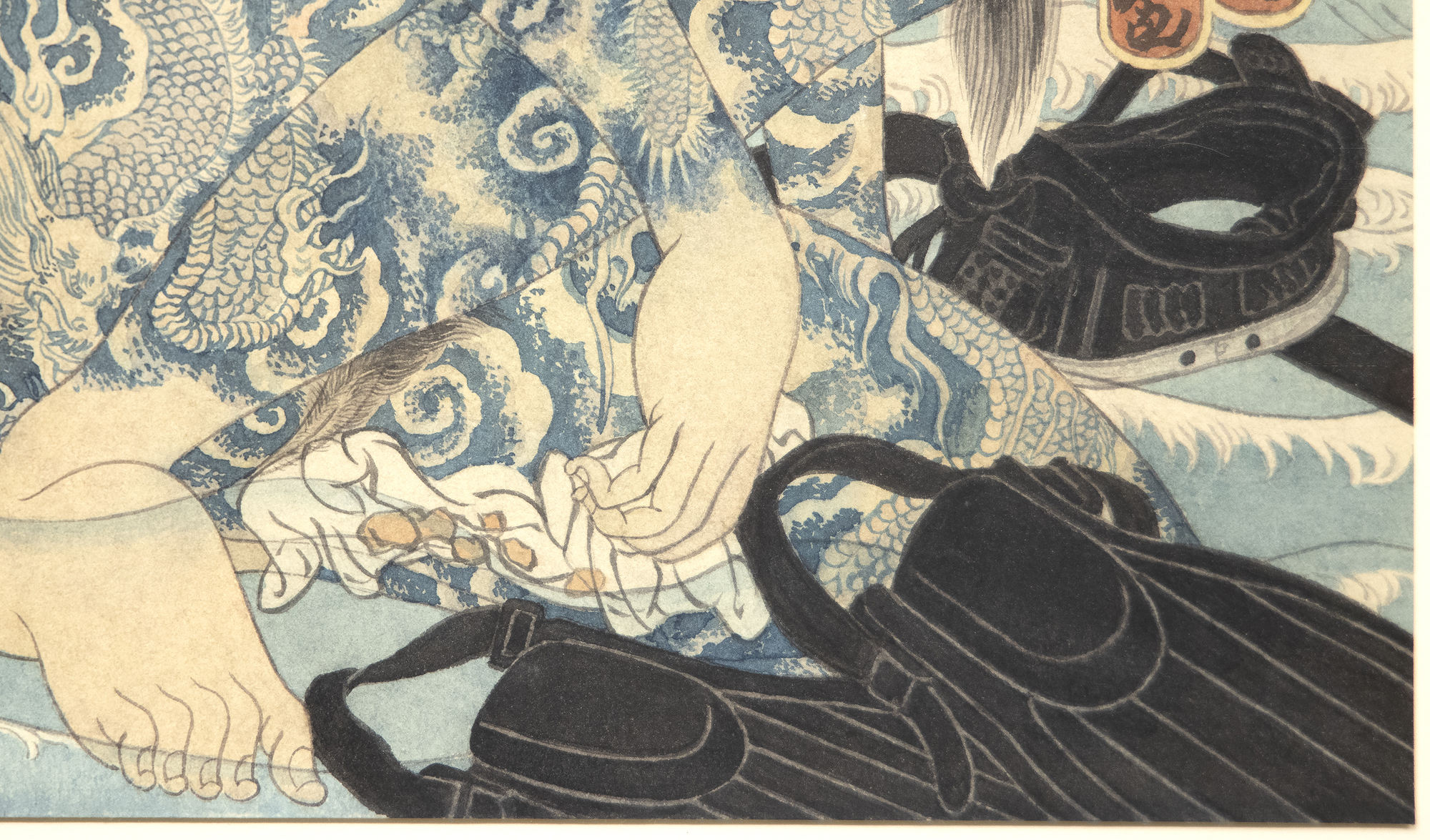
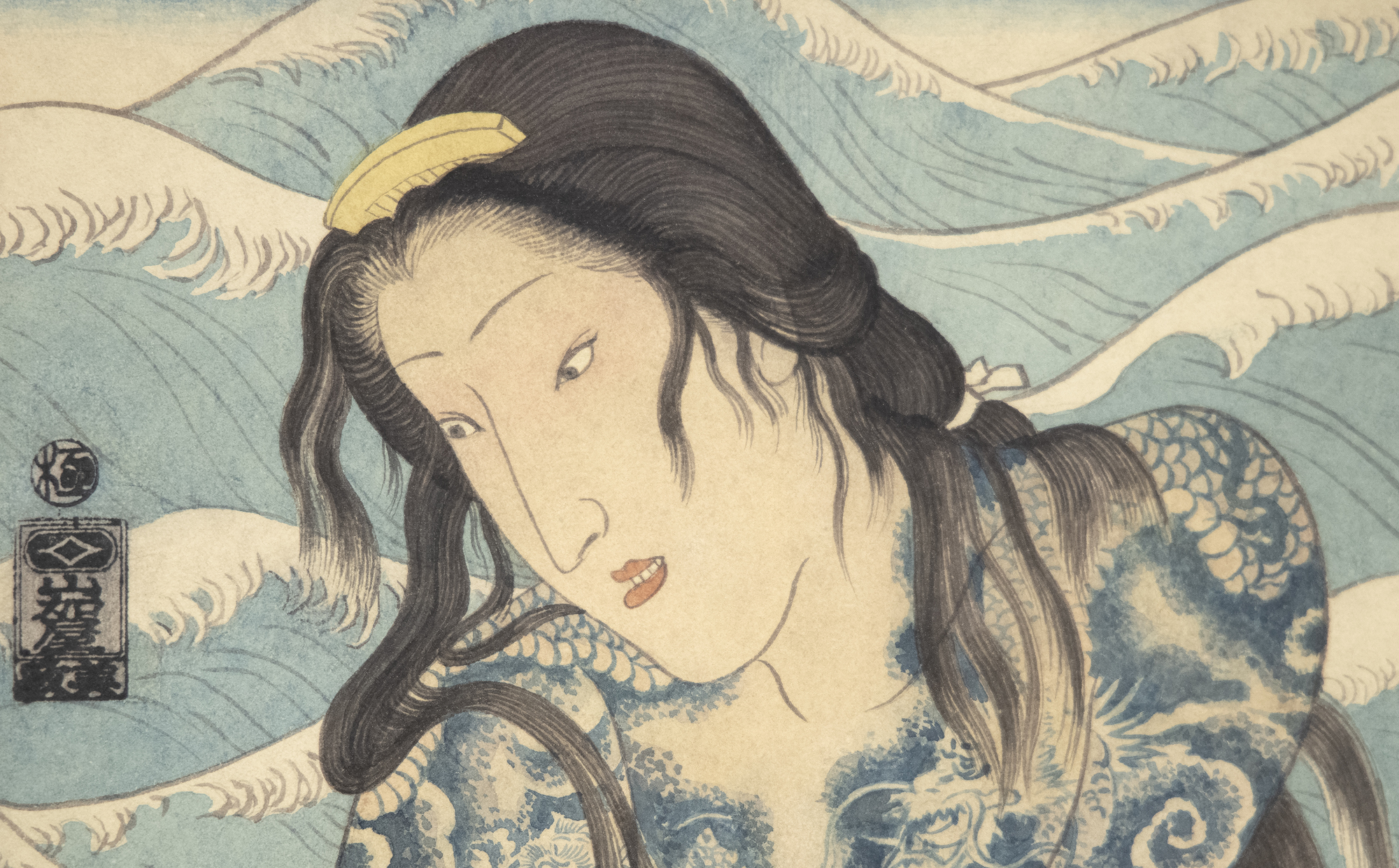
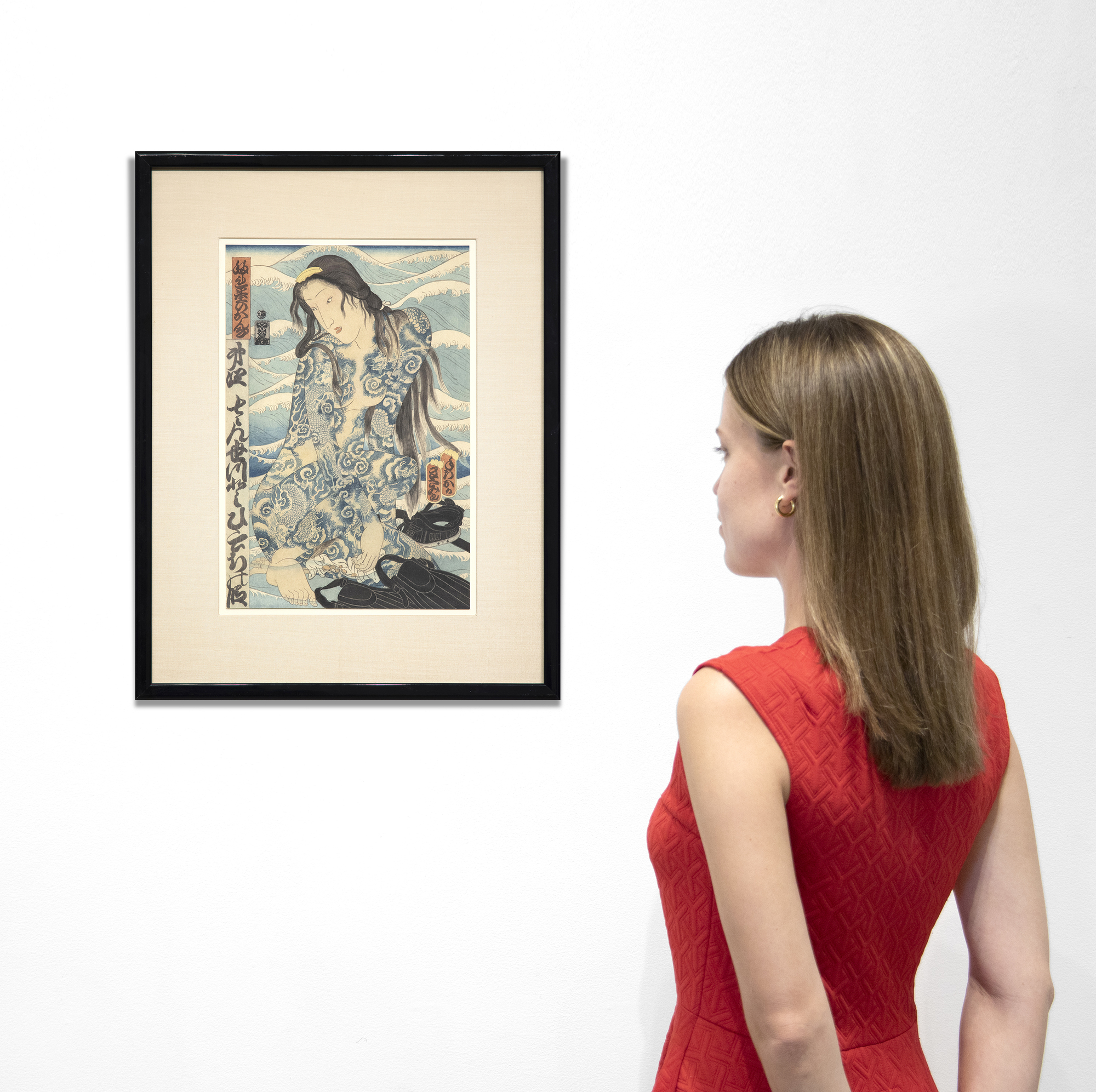
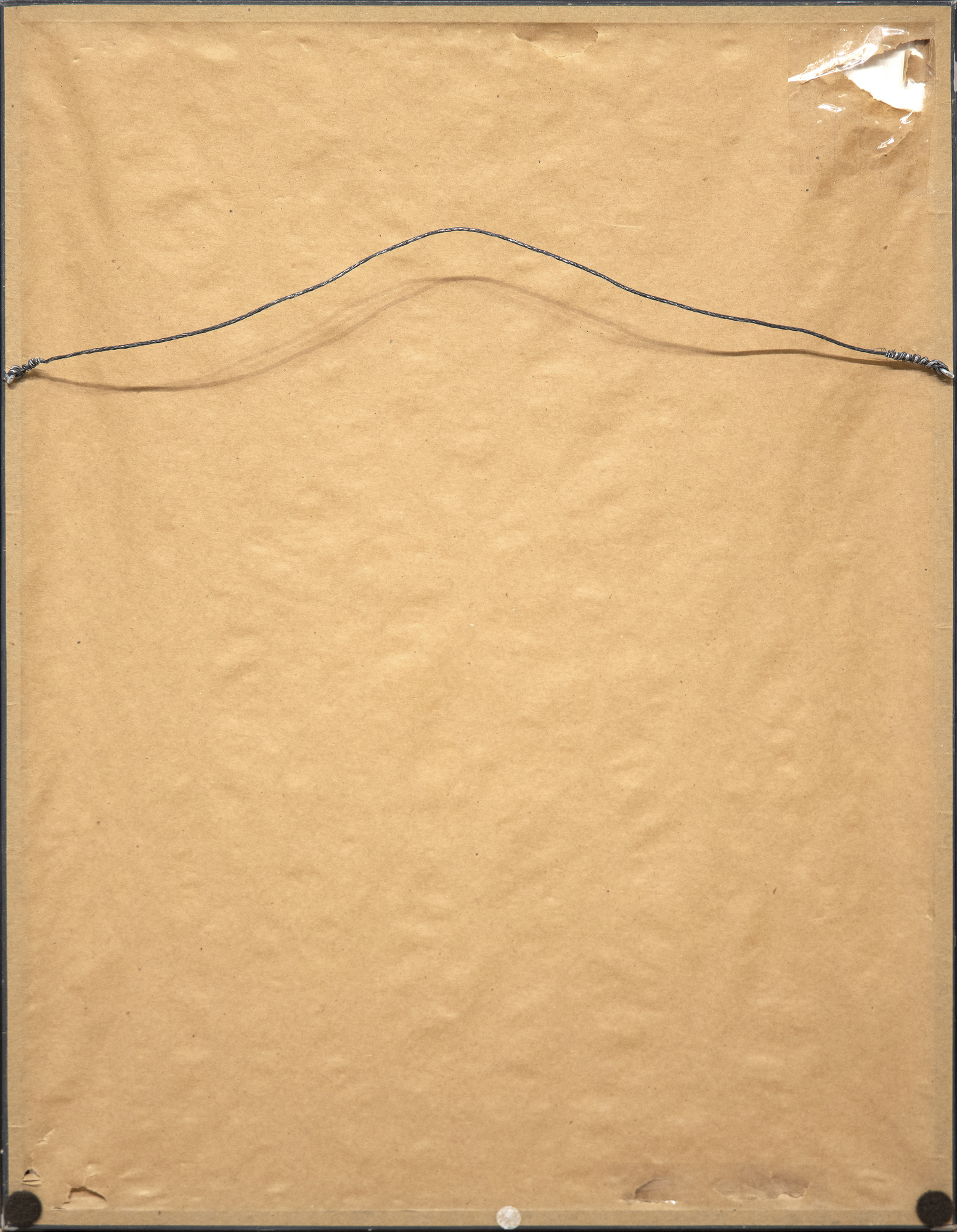
מקור ומקור
אוסף פרטיספרות
Teraoka, M., Hoffman, K., Heartney, E., Bing, A., &Clark, C. (2012), כאוס עולה: האמנות של Masami Teraoka 1966-2006, סן פרנסיסקו, Calif: Chronicle Books LLC, מאויר70,000
יצירותיו של טרואוקה משלבות הומור ופרשנות חברתית. הוא נגע לעתים קרובות בנושאים מגוונים ודחופים כמו משברי ה-AIDs, הצרכנות, ההתקפות ב-11 בספטמבר ועוד. טראוקה מציין את עבודתו שלו, "שילוב המציאות עם פנטזיה, הומור עם פרשנות והיסטוריה עם ההווה הפך לאתגר שלי".
ניתן למצוא יצירות של טרואוקה בטייט מודרן, במוזיאון המטרופוליטן לאמנות, במוזיאון לאמנות מודרנית בסן פרנסיסקו, בסמית'סוניאן, במוזיאון לאמנות של מחוז לוס אנג'לס, במרכז ווקר לאמנות ועוד.


